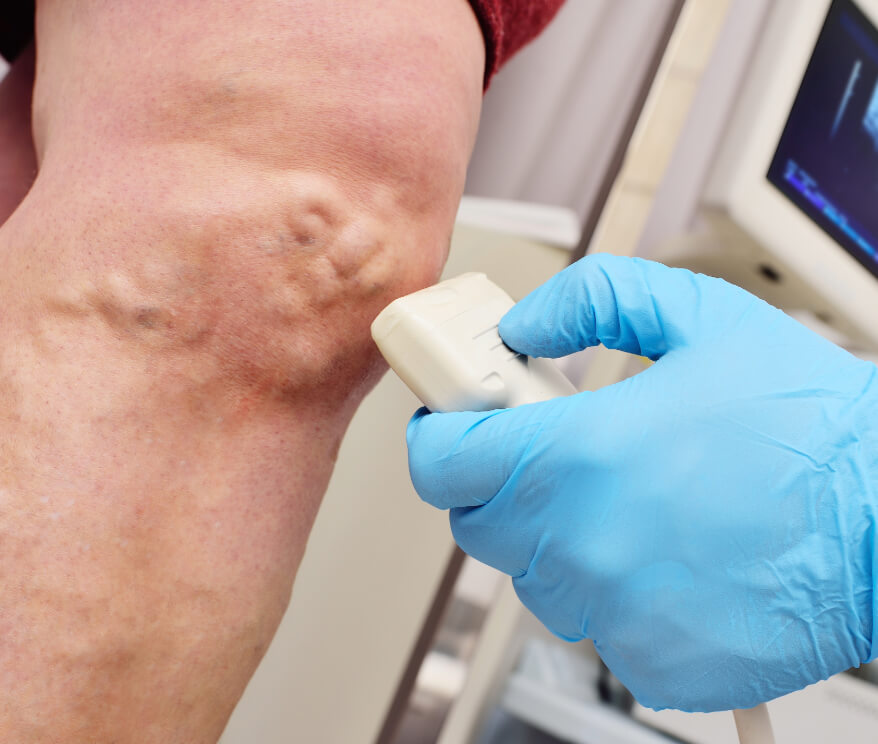Proper wound care helps keep a chronic wound clean and prevents complications. Daily cleansing with mild soap and water supports healing. Avoid harsh chemical solutions, as they can irritate the skin and slow recovery.
When cleaning the wound, use gentle techniques to protect the surrounding tissue. This careful approach helps prevent further damage and promotes faster healing. Consistent and gentle care of the wound improves overall recovery outcomes.
Maintain Proper Moisture Levels in the Wound
A moist environment encourages efficient healing by preventing the wound from drying out and cracking. Applying appropriate dressings helps retain this moisture while also absorbing any excess fluid that may be present. Changing dressings regularly helps reduce the risk of infection and maintain comfort around the wound. Always choose dressings that are suitable for the specific type and severity of the wound to promote the best healing outcomes.
Proper wound care involves balancing moisture retention with cleanliness to support recovery effectively. Using dressings designed for the wound’s condition helps manage fluid and protect the area from irritation. Regular monitoring and timely dressing changes are key to preventing complications and discomfort. This careful attention helps the wound heal smoothly and reduces the chance of setbacks.
Protect the Skin Around the Wound
The skin around a chronic wound often becomes delicate and easily irritated, requiring extra care. Using protective creams or barriers helps shield this sensitive skin from excess moisture and harsh adhesives. Preventing skin breakdown in the surrounding area lowers the chance of further complications and promotes healing.
When applying or removing dressings, work gently to avoid causing additional injury or discomfort. Careful handling protects the fragile skin and supports a healthier healing environment. Consistent protection and gentle techniques help maintain skin integrity throughout the wound care process.
Address Symptoms of Infection Immediately
Recognizing early signs of infection, including redness, swelling, or unusual drainage, is part of proper care. Keeping the affected site clean helps reduce bacteria buildup, which plays a role in preventing infections from spreading further. Early identification and good care practices are key to managing the wound effectively and avoiding complications.
If infection signs worsen or fail to improve, seek medical advice without delay to address the issue promptly. Acting quickly in wound care can prevent chronic wounds from becoming more complicated and difficult to treat. Timely intervention supports faster healing and reduces the risk of serious health problems.
Work With Medical Professionals for Comprehensive Wound Care
Managing chronic wounds often requires expert guidance to effectively address the underlying causes and promote proper healing. Consulting wound care specialists provides access to tailored treatments and advanced therapies that suit the wound’s specific needs. Following personalized care plans closely improves healing outcomes and supports a comprehensive recovery strategy. Partnering with healthcare professionals provides valuable resources and expert insights to optimize wound management.
Expert wound care teams offer the knowledge and tools necessary to manage complex wounds successfully over time. Their guidance helps patients understand treatment options, set realistic goals, and monitor progress carefully. Collaborating with specialists increases the likelihood of preventing complications and promoting long-term health.

